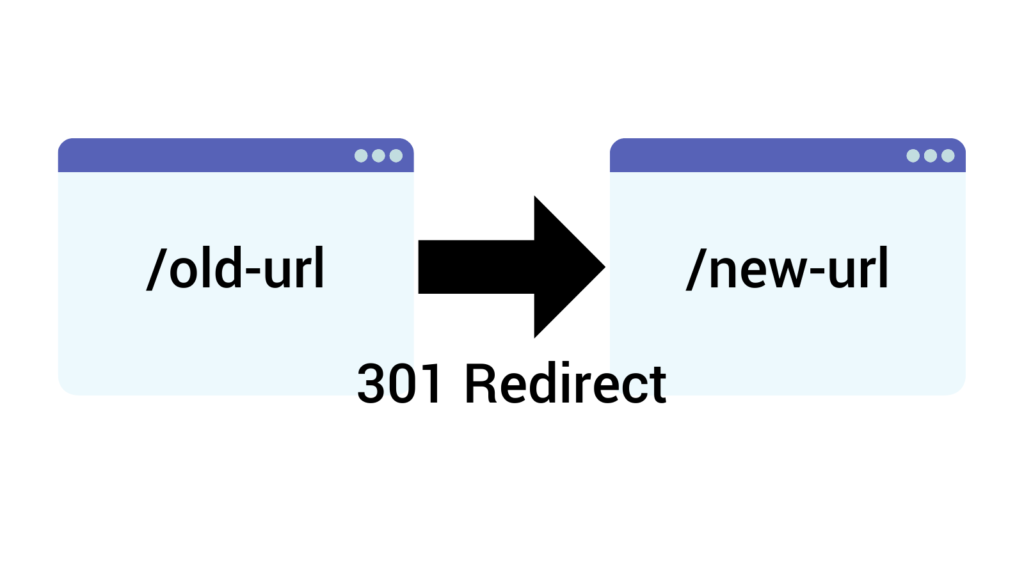The concept of Search Engine Optimization has evolved over the last few years. Once coined as a result-enhancing element, SEO is now the face of modern marketing tactics to deliver the best possible outcomes. In today’s business landscape, an online presence is essential to stay ahead of your competition.
One of the hidden aspects behind the entire art of SEO is redirecting URLs. Redirects for SEO must be accurate because they impact the indexing of a website on Google. Most SEO experts believe that redirects are like an internet detour sign, but they are much more than that. Let’s shed some light on it in our redirect guide, where you will find your questions answered and learn of best practices.
Understanding Redirects

The first part of our redirect guide comprises understanding the concept itself. In simpler terms, redirects send users from one URL to the next. The first URL is one a user clicks or requests, while the second is the destination URL. Redirects are important because they work like search engines; they send users from one particular URL to the next.
Website owners add redirects for pages that are often broken, have duplicated content, or were moved to a different URL. Redirects allow users and search engines to access the most relevant website to improve their operations, improving their users’ experiences and minimizing SEO snags.
Types of URL Redirects

There are different types of redirects that SEO specialists can use. The most common redirects are 301, 302, and 307. Hardly anyone uses 308, and 404s are just errors. The most common ones may sound familiar, but they are crucial for SEO and should be incorporated properly. But before you proceed further, make sure that you narrow down which type of redirect is best for your website.
Let us highlight them for you.
1. 301 Redirect URL
A 301 redirect URL is best used when the page is permanently removed or deleted from a website. The cleanest and most common redirect code, 301, preserves backlinks, traffic, and rankings. Further, search engines will index this redirect with its newest content. 301 redirects are very search-engine-friendly.
The best time to use the 301 redirects is:
- Fixing broken backlinks or an error 404
- Combining two websites to redirect users to the correct URL.
- When introducing a new domain
- Resolving duplicate content
- When you’re choosing the correct URL
2. 302 Redirect URL
A 302 redirect URL is mostly used when a website or a page is temporarily moved to another URL. This redirect doesn’t pass a page’s authority from the old URL since it’s only temporarily closed. Search engines index the original URL and maintain its ranking. However, website owners need to know the purpose of using this redirect. If not, it can negatively impact your SEO practices.
For instance, if you’re promoting a new product or service and what to send the users to this page temporarily, Google will know it’s temporary and won’t remove the original page from searches. However, if you use the 301 redirects instead of 302, the original page will not be viable anymore.
The best time to use the 302 redirects is:
- During the website’s maintenance
- When you’re trying to add a promotions page
- Redirecting desktop visitors to mobile or vice versa
- A/B testing
3. 307 Redirect URL
A 307 redirect, also known as the HTTP 307 temporary redirect, works like the 302 redirect code; they are used for similar purposes and are temporary. However, this redirect code is a server-side redirect specifically used to ensure that the HTTP request doesn’t change when the server responds with a redirect. Although it’s used quite often, the 307 redirect has no big impact on your SEO practices. Most SEO specialists suggest that you use 302 redirects instead of 307.
Best Practices to Remember for URL Redirects

This redirect guide also comprises some of the best practices you can use. With these tips, you can elevate your SEO position. Remember that the more you emphasize leveraging the correct methods, the less chaotic and more functional your website will be.
Here are some of the best practices for URL redirects you should be using.
Redirect to Similar Pages
Using similar pages is the best way to strengthen your redirecting game. It’s considered a bad practice to redirect to pages that have no intent than the original. It confuses visitors and adds to your bounce rates.
Avoid Redirect Chains
Redirect chains have become more common than you think, and avoiding them is best. Most users might be unable to identify these jumps, but not Google. You can use a tool like Screaming Frog to spot redirect chains if your page redirects five times. Google will stop crawling and remove your new URL from the surface.
Update Internal Links
We have to ensure that internal links are always updated. A good practice is to ensure that internal links are accurate or could significantly slow down a website. Remember, you must keep the redirects to a minimum to preserve your SEO authority and its impact on the overall crawling. Also, remember old redirects because you might need them later.
Final Thoughts
When it comes to redirecting URLs, consistency is key. Sometimes, it can get tricky and time-consuming, but to ensure your SEO ranking is updated, you must properly implement URL redirects. This is especially crucial if you have thousands of redirects within your website.
If you want to take your website’s SEO to the next level, Dallas SEO Pros is here to help. The company offers decades of experience in SEO and digital marketing to help business owners take that much-needed leap to the future.
Start your SEO journey with us today. Contact us and get your free quote.



